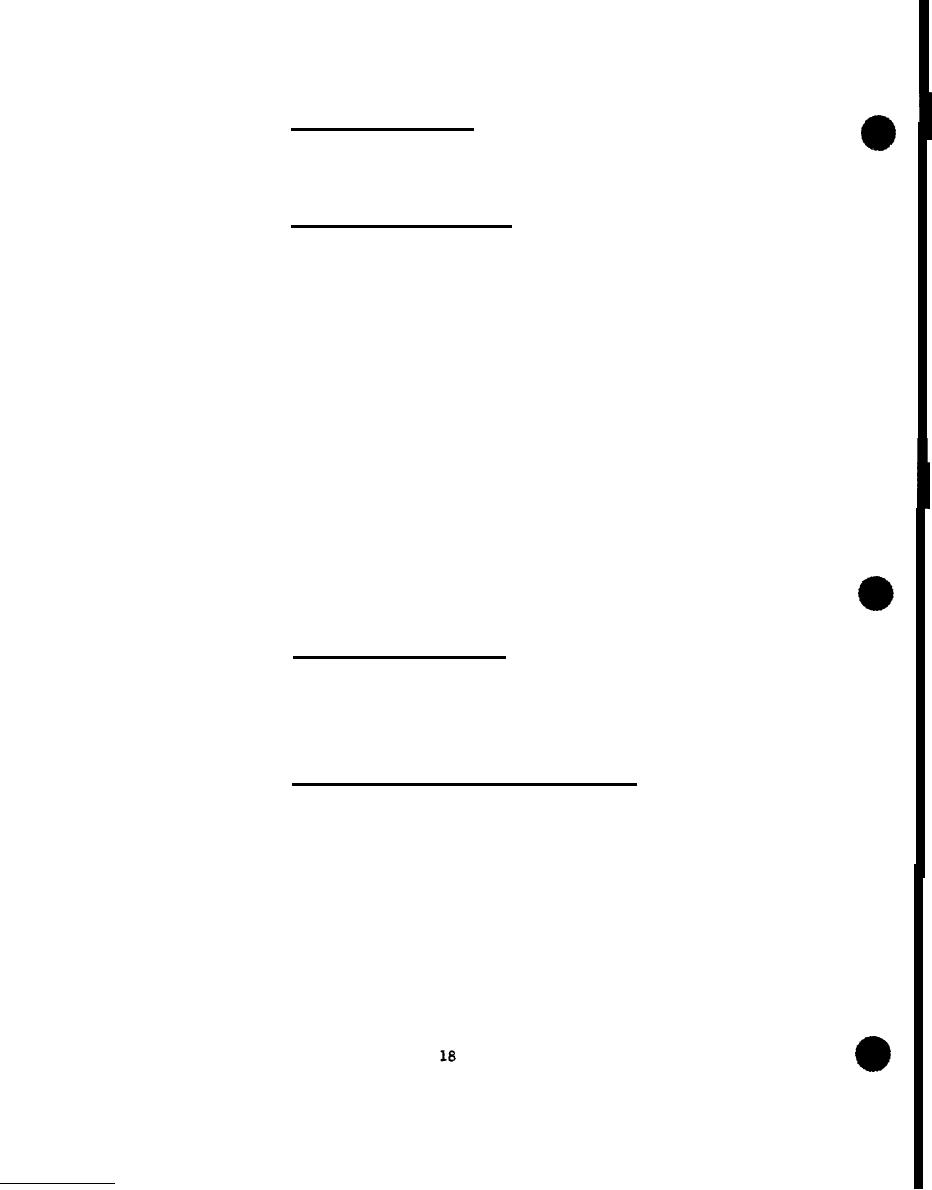 |
|||
|
|
|||
| ||||||||||
|
|  MIL-H-8891A
Hydraulic power failure - In vehicles where direct
3.7.3
mechanical control sufficient to obtain vehicle controllability to pass
the emergency requirements of MIL-F-8785 cannot be accomplished following
hydraulic power failure, an emergency power source shall be provided,
supplying controllability requirements,
Emergency system application - The means of engaging
3.7.3.1
the emergency power system shall be either manual or automatic: however,
they shall be of the simplest and most reliable nature possible consistent
with the requirements of the vehicle. Manual engagement is preferred, when
suitable. Automatic engagement of the emergency power system shall not be
used unless specifically approved by the procuring activity. If the vehicle
has a single engine, the emergency power source shall be independent of the
operation of this engine. on multiple-engine vehicles, the emergency source
of power shall be on a different engine than the primary source of power.
In some cases, it is permissible to utilize the utility hydraulic system as
the emergency source of power, if it is accomplished in such a way that
there is no interconnection with the flight-control power system and no
single failure can cause loss of both systems, Consideration shall be
given to the possibility of out-of-fuel landings wherein none of the engines
are operating. Inasmuch as some turbojet engines will not windmill enough
to provide adequate flight-control power supply during landing, it may be
necessary to provide emergency power sources not dependent upon engine
operation. In vehicles which are capable of being landed without engine
power, this condition shall not be considered an emergency, and provisions
shall be made for landings with one of the power systems failed while out
of fuel. When designing for this condition, extreme care must be exercised
-.
not to reduce the reliability of the power systems, It shall always be
possible to reengage the flight controls or return them to normal following
operation of the-emergency hydraulic system, and where a ram-air turbine is
used as the source of emergency power, it shall be capable of extension,
operation, and retraction under any flight conditions.
Disengagement and bypassing - Where direct mechanical
3.7.3.2
control is utilized following primary hydraulic system failure, or as made
necessary by other system design conditions, provisions shall be made for
automatic, direct bypassing of the fluid-from one side of the primary flight-
control actuator to the other. Where the actuator can be disengaged from
the system, bypassing will not be required. For dual actuator systems,
where necessary, both systems shall provide automatic bypass.
System separation, survivability & clearance - Where
3.7.4
duplicate hydraulic systems are provided, these systems shall be separated
as far as possible to obtain the maximum advantage of the dual system with
regard to vulnerability from gunfire or engine fires. Where practicable,
dual systems should-be on opposite sides of the fuselage, the wing spar,
.
or similarly separated. In-any case the systems necessary for safety of
flight shall be separated a minimum of 18 inches, preferably in a plane
perpendicular to ground fire. Where it is deemed necessary, in a particular
aircraft model, for these systems to come together, as in a dual tandem
surface actuator, that actuator shall be protected from the threat to a
degree specified by the procuring activity. Adequate consideration should
be given to the clearance between moving flight-control-system components
and-structure or other components to insure that no possible combination
of temperature effects, airloads, or structural deflections can cause
binding, rubbing, or jamming or any portion of the primary flight-control
system, For additional flight control system details refer to MIL-F-9490
and MIL-F-18372.
|
|
Privacy Statement - Press Release - Copyright Information. - Contact Us |